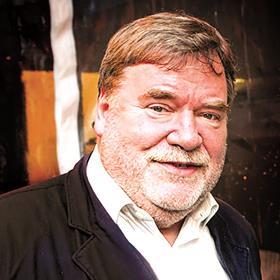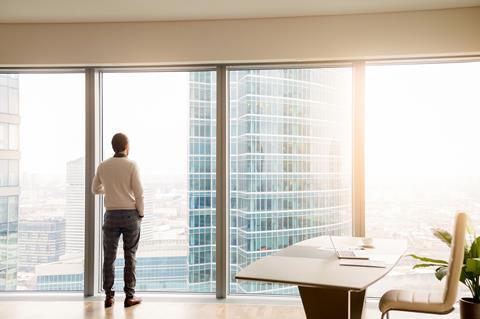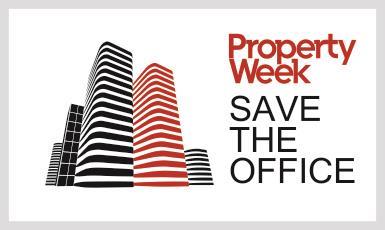”As the office sector faces seas of change, we challenge you to imagine a better future. Entrants are encouraged to think outside the box to present innovative and thought-provoking solutions that bring to life how workspace may change over the next five years.”

Thus says the preamble to details of a British Council for Offices ideas competition, aimed at its younger ‘NextGen’ members. This is only the second time that such a competition has taken place, but older readers may remember a famous predecessor won by Andrew Chadwick in the 1990s on the same sort of subject. His suggestion was that the office of the future would comprise what today we would call a laptop.
History of change
Challenges to the conventional office have been around for a long time. The question of how post-pandemic conditions will affect it will no doubt allude to existing trends. Remote working isn’t new – ‘hub’ or ‘club’ office environments have been with us for much of this century. The serviced office, WeWork-style shared space and the recent rise of Zoom and Teams meetings are all proof that change is the only constant.
What seems to have gained currency in the mainstream media is the idea that the office as we know it is finished. To some extent that idea is reflected by what the BCO suggests competition entrants might address:
- Redefining the purpose of the physical office space. Why work in the office when you can work anywhere?
- The rise of remote working and more flexibility, with teams connected via technology.
- Potential for suburban hubs with blended uses to support traditional city office locations.
- Reduced density of offices.
- Opportunities for alternative uses or sustainable re-use to drive greater utilisation and value.
- Intergenerational working, mentorship and opportunities for work experience.
- Increased data tracking, gathering and analysis, to ensure the office is a safe environment to visit.
- Hygienic and healthy buildings, what they require and the role of new technologies to accelerate this.

I hope other areas for examination will emerge, both in the competition and more generally, for discussion across the sector.
For example:
- What materials could we use to counteract virus spread on ironmongery and the myriad things we touch in the workspace, from lift buttons to keyboards, for example, bronze or graphene?
- What makes an office environment appealing, compared with ‘workspace’ inserted into homes? What are the good bits about home that might be translated or how can the office environment lift the spirits?
- How could we develop ideas about the multi-use foyer, including using it for visitor meetings?
- Should the default idea about office buildings be that they are hybrids, with workspace as a key but not exclusive function?
- Should the office be a ‘universal building’, as pioneered through projects like the White Collar Factory, where plug-in operations could replace offices if necessary? The concept is that the office is a long-life building, not assumed to be redundant after 25 years.
Encouraging interaction
The key to creating a new future for the workplace is the attraction of human interaction, which is very different on screen and is even more different and difficult if you are communicating with colleagues you have never had a chance to meet face-to-face. Most people like people – the question is how to make the office the best environment in which to interact.
Employment problems are about shops and the hospitality sector rather than office-based activities. The former will benefit from the health of the latter so there is a strategic imperative for the latter to flourish. This may mean more hybrid developments, flexible uses, generous space standards, new facilities and so on, but this will be underwritten by office activity and tenants paying rent for newly appropriate space and amenities.
In short, office development and retrofit will be a focus for new thinking and constructive improvement. The only thing we have to fear is fear itself.
Paul Finch is a programme director of the World Architecture Festival






























No comments yet